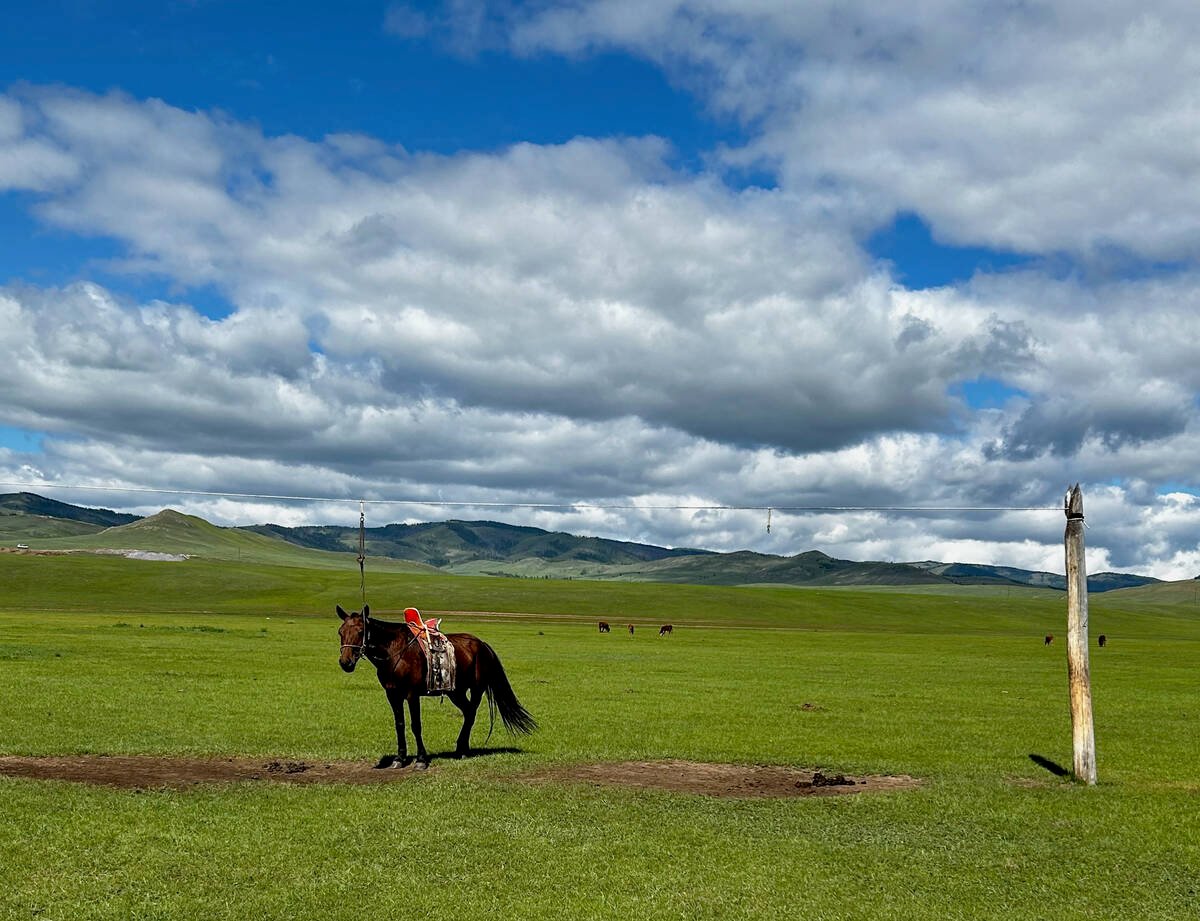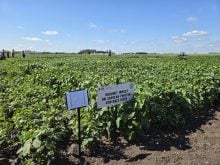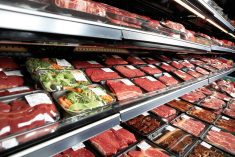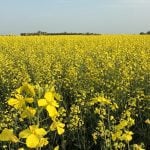Reports out of Ottawa suggest the political winds are shifting on the contentious issue of whether food containing genetically modified material should be so labelled.
The matter isn’t likely to be addressed via legislation in the near future but the implications should nevertheless be considered by farmers and consumers.
And by politicians.
As it stands, voluntary labels indicating the presence of GM material, or its absence, are approved by the Standards Council of Canada, although there hasn’t been much uptake of that option.
Read Also

University of Saskatchewan experts helping ‘herders’ in Mongolia
The Canadian government and the University of Saskatchewan are part of a $10 million project trying to help Mongolian farmers modernize their practices.
There are now rumblings about mandatory labelling of foods; something along the lines of “may contain” GM content.
It’s premature to debate wording, but given the proliferation of GM crops grown all over the world, a label indicating a food “may contain” GM is useless.
Yes, it may contain GM content. And it may not. Would a consumer reading those words be any better informed?
On Feb. 22, the International Service for the Acquisition of Agri-Biotech Applications (ISAAA) released its report on global plantings of biotech or GM crops. Such plantings increased by 10 percent in 2010, and internationally more than one billion hectares, or 2.47 billion acres, of land are planted to biotech crops.
The United States remains the biggest adopter of the technology, followed in descending order by Brazil, Argentina, India, Canada, China, Paraguay, Pakistan, South Africa and Uruguay.
Each of these countries had more than 2.47 million acres in production last year, according to the ISAAA, and 29 countries planted biotech crops.
The one billion hectare mark “signifies biotech crops are here to stay,” said ISAAA chair Clive James in his annual report on biotech crop planting.
To get a sense of the acreage, 2.47 billion acres is roughly the same land area as the continental United States.
Planting of biotech crops has increased year over year. The ISAAA says their use has increased 87-fold between 1996 and 2010 and show every sign of continuing to claim acreage.
Why are biotech crops so popular? For the benefits they offer in weed and insect resistance, drought tolerance, better fertilizer use and improved human health.
And it is telling that developing countries grew 48 percent of the total global biotech crop in 2010 and are expected to increase their use.
Given these figures, one begins to see the potential problem with labels indicating foods “may contain” GM content. With so many countries planting GM crops, and with our food supply becoming increasingly global, much of our food may eventually have some relationship to crops that have been genetically modified.
That doesn’t necessarily mean the final product is genetically modified; only that the source material may have been.
Canola is a prime example. Much of the canola crop is grown from GM seed, but the resulting oil is exactly the same as oil produced from non-GM seed. Thus a label indicating the oil “may contain GM” would be inaccurate.
Then there’s the thorny question being debated in the European Union: can GM content of 0.001 percent be deemed GM free for the purposes of labelling?
When it comes right down to it, food labels should have the primary goal of addressing safety.
Consumers should be able to have confidence that labels are informative and truthful, so they can make intelligent decisions about what they eat.
There is no scientific evidence indicating food derived from GM crops is unsafe. And a label indicating a food “may contain” GM does not add any clarity to available information about the food in question.
No safety issue, no clarity issue. Why should we rethink the need for GM labels?
Bruce Dyck, Terry Fries, Barb Glen and D’Arce McMillan collaborate in the writing of Western Producer editorials.














